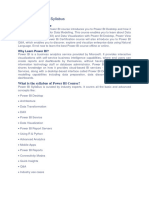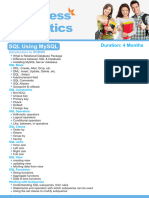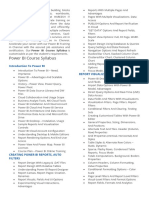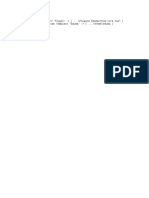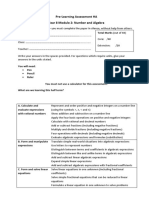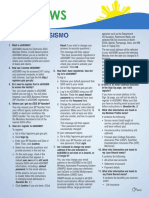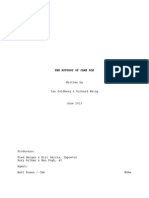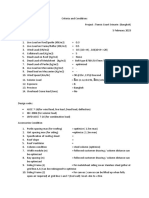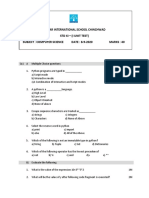0% found this document useful (0 votes)
19 views17 pagesPower BI Fullstack Content This Also Include About Python.
The document outlines a comprehensive Power BI Full Stack Course that covers essential topics including MS SQL Server, Power BI, MSBI, and Azure Data Factory. It details course objectives, prerequisites, and a structured curriculum that includes modules on SQL Server basics, data visualization, DAX, and Power BI service administration. The course is designed for beginners aiming to build a career in Information Technology and includes practical applications and real-time projects.
Uploaded by
tjahnavi2003Copyright
© © All Rights Reserved
We take content rights seriously. If you suspect this is your content, claim it here.
Available Formats
Download as PDF, TXT or read online on Scribd
0% found this document useful (0 votes)
19 views17 pagesPower BI Fullstack Content This Also Include About Python.
The document outlines a comprehensive Power BI Full Stack Course that covers essential topics including MS SQL Server, Power BI, MSBI, and Azure Data Factory. It details course objectives, prerequisites, and a structured curriculum that includes modules on SQL Server basics, data visualization, DAX, and Power BI service administration. The course is designed for beginners aiming to build a career in Information Technology and includes practical applications and real-time projects.
Uploaded by
tjahnavi2003Copyright
© © All Rights Reserved
We take content rights seriously. If you suspect this is your content, claim it here.
Available Formats
Download as PDF, TXT or read online on Scribd
/ 17


































